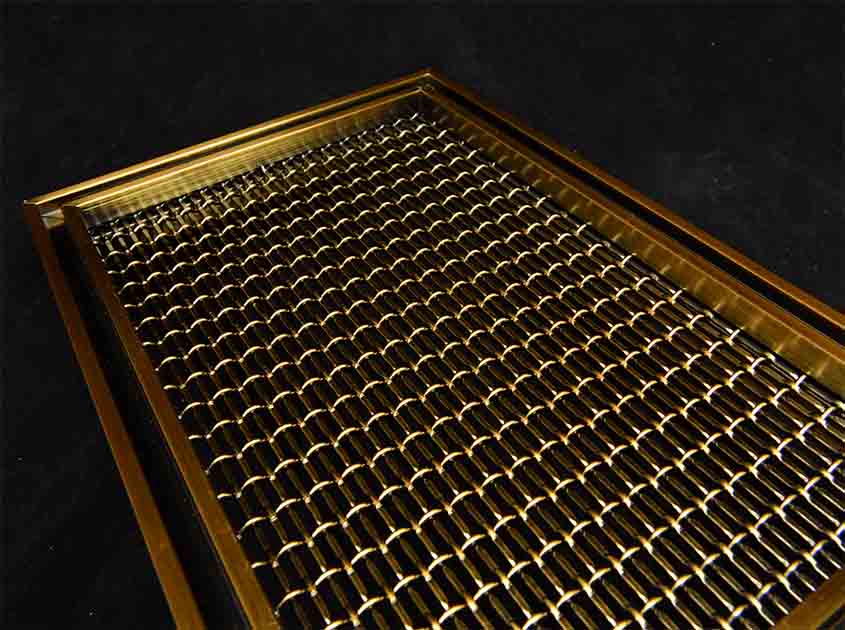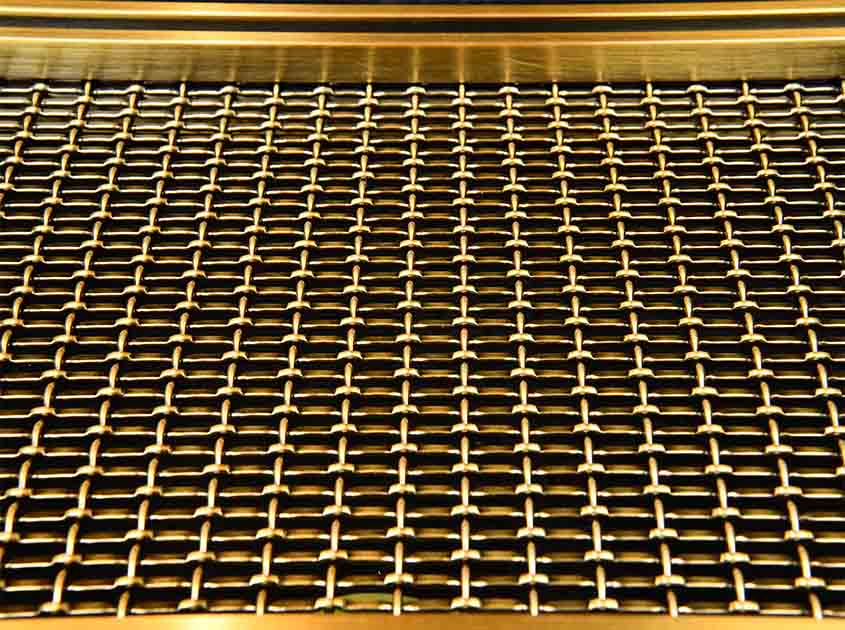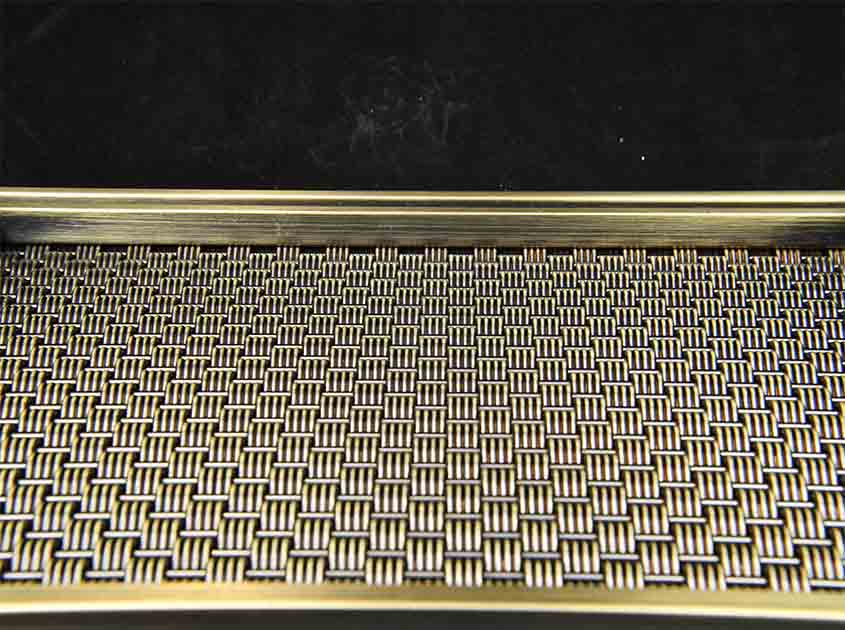Introduction:
Architectural woven mesh has emerged as an innovative material for facade design. With its unique characteristics and versatility, woven mesh offers a range of benefits that enhance both the aesthetics and functionality of building facades. In this article, we will explore the use of architectural woven mesh in facade design and how it transforms buildings into architectural masterpieces.

Visual Appeal and Aesthetic Versatility:
Architectural woven mesh introduces a new dimension of texture and visual interest to building facades. The interwoven patterns and varying transparency levels create a striking play of light and shadow, adding depth and intrigue to the building's exterior. Whether used as a primary cladding material or in combination with other materials, woven mesh offers endless design possibilities, allowing architects to achieve a wide range of aesthetic effects. From contemporary to traditional styles, woven mesh can be tailored to suit the desired architectural concept and create a visually captivating facade.

Dynamic Façade Transformations:
One of the remarkable features of architectural woven mesh is its ability to create dynamic facade transformations. By incorporating motorized or interactive systems, the mesh can be manipulated to change its form, transparency, or pattern, creating a dynamic and ever-changing facade. This dynamic quality allows buildings to respond to environmental factors such as sunlight, temperature, or user interaction, enhancing the building's identity and engaging the surrounding urban context.

Solar Shading and Energy Efficiency:
Architectural woven mesh can serve as an effective solar shading solution, mitigating solar heat gain and reducing the energy consumption of a building. When strategically positioned, the mesh acts as a barrier, blocking direct sunlight while still allowing natural light penetration. This not only reduces the need for artificial lighting but also minimizes the demand for air conditioning, resulting in improved energy efficiency and lower operating costs. The mesh's open weave structure also facilitates natural ventilation, further enhancing the building's energy performance and occupant comfort.

Privacy and Visual Transparency:
Woven mesh offers a unique balance between privacy and visual transparency. Depending on the desired level of openness, the mesh can be customized to provide varying degrees of transparency. This feature allows occupants to enjoy panoramic views while maintaining privacy from the outside. In urban settings where buildings are in close proximity, architectural woven mesh provides a sense of openness and connection to the surrounding environment while preserving the privacy of interior spaces.

Durability and Maintenance:
Architectural woven mesh is known for its durability and low maintenance requirements. The mesh is resistant to corrosion, weathering, and UV radiation, ensuring its longevity and aesthetic integrity over time. Its robust construction allows for easy cleaning and maintenance, making it a practical choice for facades in both urban and rural environments. The durability of woven mesh ensures that buildings maintain their visual appeal and performance for years to come, reducing the need for frequent repairs or replacements.
pre:Architectural Woven Mesh as an Eco-friendly Building Materia
next:Transforming Spaces: The Versatility of Architectural Woven
© 2025 Joinwin Architectural Wire. All Rights Reserved. | Sitemap
Recommended Read
Unique architectural metal decorative mesh adds charm to your project
Metal woven mesh is widely popular due to its unique design, high strength, durability and functionality.